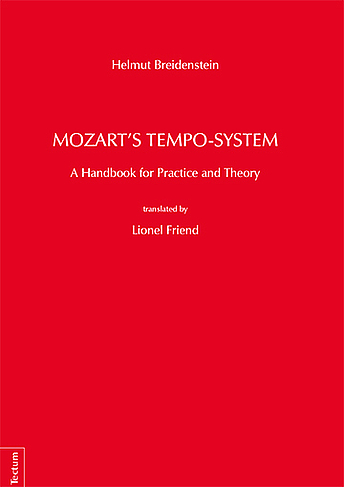englischA reference book for the musician’s practical work of interpretation, this volume, after a general presentation of 18th century principles for determining a tempo, offers a compendium of all Mozart’s autograph tempo markings in 420 lists of pieces of similar character. Thus, a comparison of slower and quicker movements is made possible by 434 music examples, and there follows a wide-ranging collection of relevant texts taken from historical sources.
The book does not claim to know “the single correct tempo” for the works of Wolfgang Amadeus Mozart. It hopes to be of assistance in the unavoidable search by every interpreter for the “true mouvement” of each work—for the work itself, for the performer, the instrument or instruments, the room, the public, the nature of the event. It follows that there can be no absolutely “authentic” tempo for Mozart’s works. And yet his tempo markings, since he chose them so meticulously, should be taken equally seriously with the other parameters of his famously precise notation.
Alfred Brendel writes: “an astonishing opus … one of those rare and important books in which music and musicology form a vital association; a lifelong study that makes one very much aware of a field to which attention is rarely paid. It accomplishes this by bringing to bear an understanding that never loses sight of the musical foundation on which it is built, and by a discerning intelligence that does not shy away from raising debatable topics, although without ever claiming infallibility … One cannot be grateful enough to Helmut Breidenstein for his methodological accuracy which allows us Mozart interpreters to orientate ourselves with ease and pleasure … His book sharpens our perception, at the same time giving an overview and making us sensitive to each individual case. Admiration and gratitude.”
Als Nachschlagewerk für die praktische Interpretationsarbeit von Musikern gedacht, bietet Breidensteins Werk eine einzigartige Hilfestellung beim Finden eines ebenso geeigneten wie authentischen Tempos für Stücke Mozarts. Erstmals ist dieses Standardwerk nun auch in englischer Sprache erhältlich.



